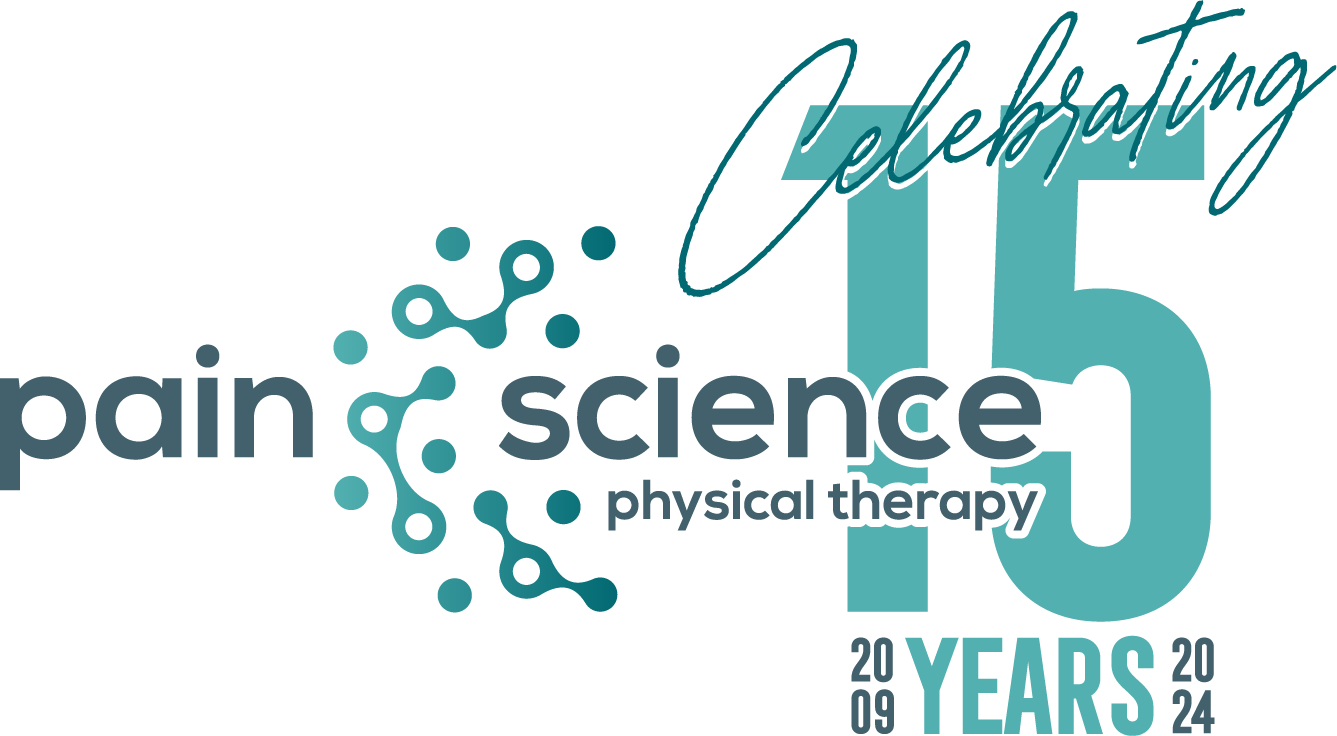Pain neuroscience education
About 7 years ago I was introduced to pain neuroscience education. This is both a treatment approach and education process. The focus is on helping you learn WHY you continue to have pain (long after an injury was supposed to heal or in the absence of any obvious injury to begin with). The research has shown that when you learn the ‘why’ it is an easy transition to all the treatment techniques that we like to use to help you resolve the pain. There are over 22 treatments that we can use and educate you on, in order to help you treat your pain, permanently.
Traditional medical model
When you go to see your doctor, or frankly any other medical provider, about an ache or a pain they typically use biomedical models that center around the biology of your body. How do the systems work individually? Does your heart beat properly? Do your lungs take in oxygen correctly? Are your muscles strong and joints moving properly? It is rare for your doctor to ask you questions outside of your physical experiences. In physical therapy this model will focus on how strong or weak your muscles are, evaluate your posture and movement, ask you questions about your symptoms, try to determine what you might have done to cause the pain/ injury and use anatomical models to educate on why you are experiencing pain.
Biopsychosocial approach
What healthcare providers are understanding more and more is that the human body is complex and cannot be easily broken down to a single system. This is where the biopsychosocial approach fills the gap. This approach looks at your biology, psychology and social situations and wants to understand how they intersect and affect your health and well being. There is an understanding that there are many causes for pain and lots of times these causes are not due to tissue injury or damage.
History
In a physical therapy setting if we follow this approach we are going to ask much more in depth questions about your stress, what was going on at the time of pain starting, what kind of other (possibly failed) treatments you have had, how many practitioners you have seen with varying opinions on what they think is causing the pain, how fearful you might be to move. We are going to want to really get to know you, try to understand how the pain has impacted you and possibly your family and/or your ability to fulfill your role in your home or work environments.
Examination
Our examination will look different. We might look at movement and strength but only to reassure you that you are normal and healthy or to see if there are any really obvious things we want to address. We are going to look at nerves and the nervous system as well as your muscles, joints and movement. Looking at nerves and the nervous system might include testing vibration, reflexes or to see if you are hypersensitive to different types of sensory stimuli.
Set up a plan of care
This is done collaboratively. You made a choice to come to physical therapy so we have to work with you on your goals. We set this up together.
Active Listening
Now here is the key component to the biopsychosocial approach. It is our job to listen and listen well. We need to really understand where you are coming from and where you want to go so that we can help you get there.
In other words
The biomedical model of treatment tends to focus on your biology and looks for cause of pain or injury by focusing in on your tissues primarily. We now know that pain is produced by the brain in response to a perceived threat. The threat can be tissue injury. The threat can also be an emotional overload as well as other stressors on the nervous system. Thus the biomedical model is limited in how it approaches the treatment of pain. The biopsychosocial approach looks at how your biology interacts with your psychology and social situation in order to best treat you as a whole person. It is a much more comprehensive approach in the treatment of pain and makes more sense for us as practitioners to utilize in order to best treat our patients.
Did you know you can self-refer for physical therapy?
Call 206-327-9880 Send us a message


